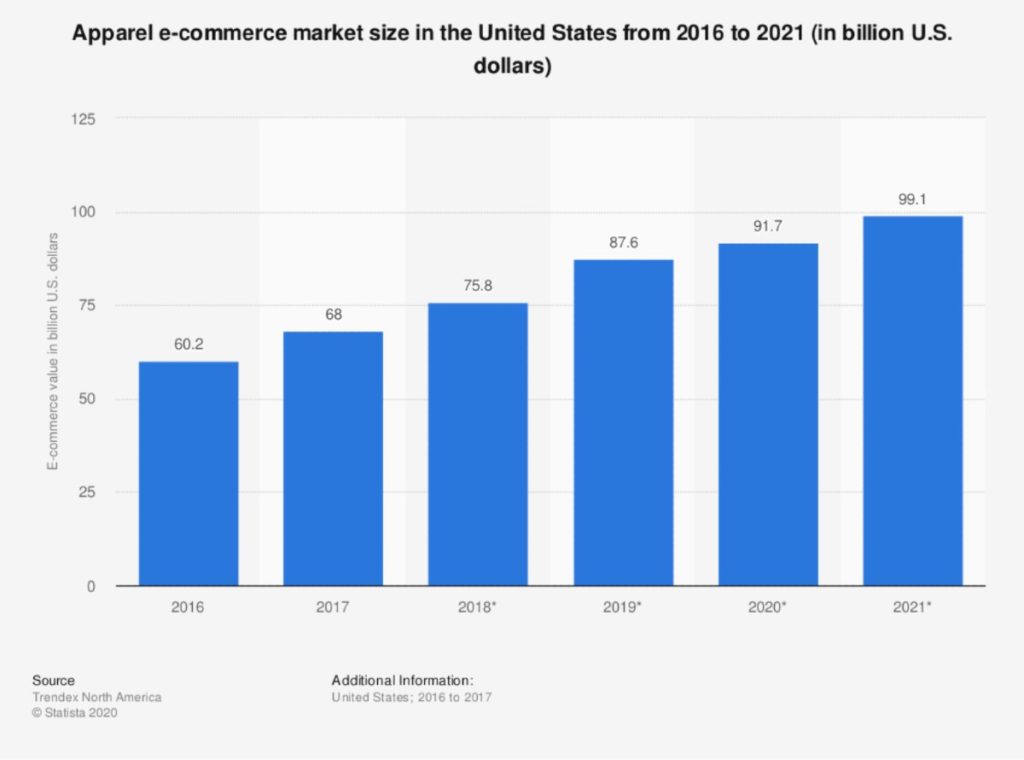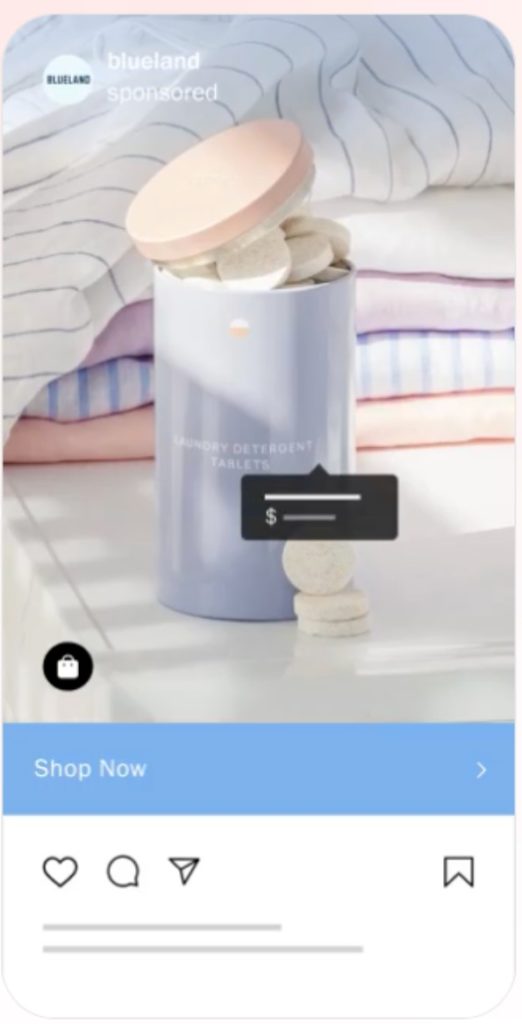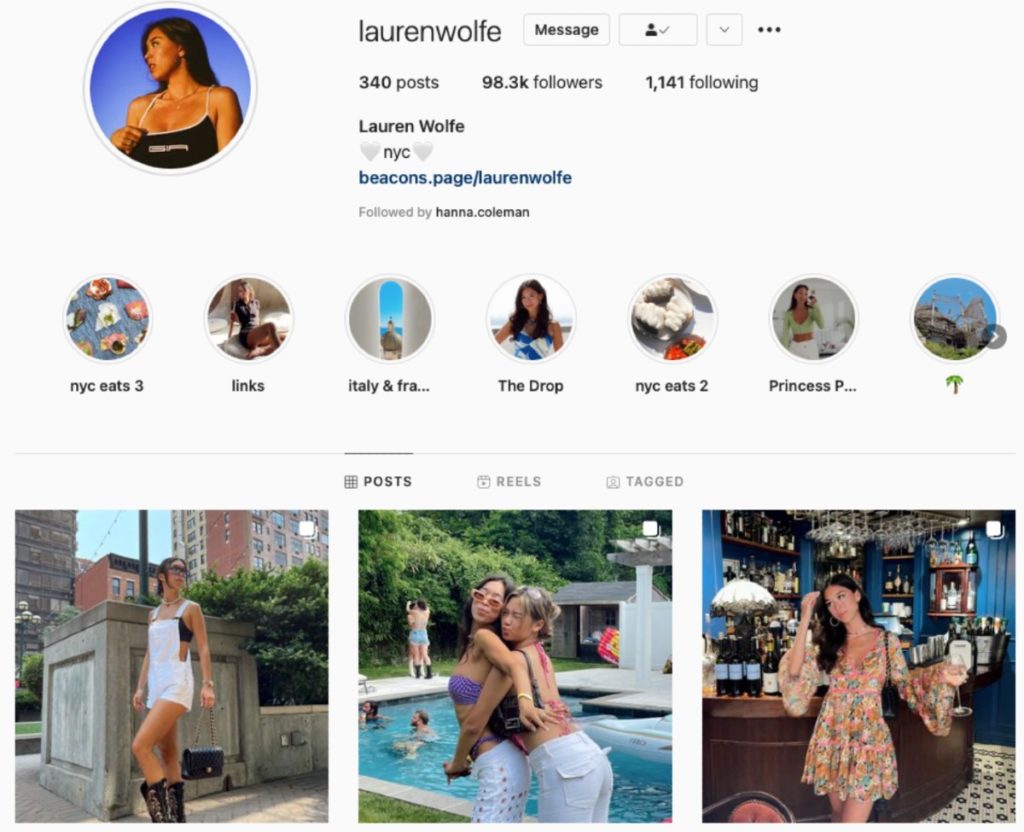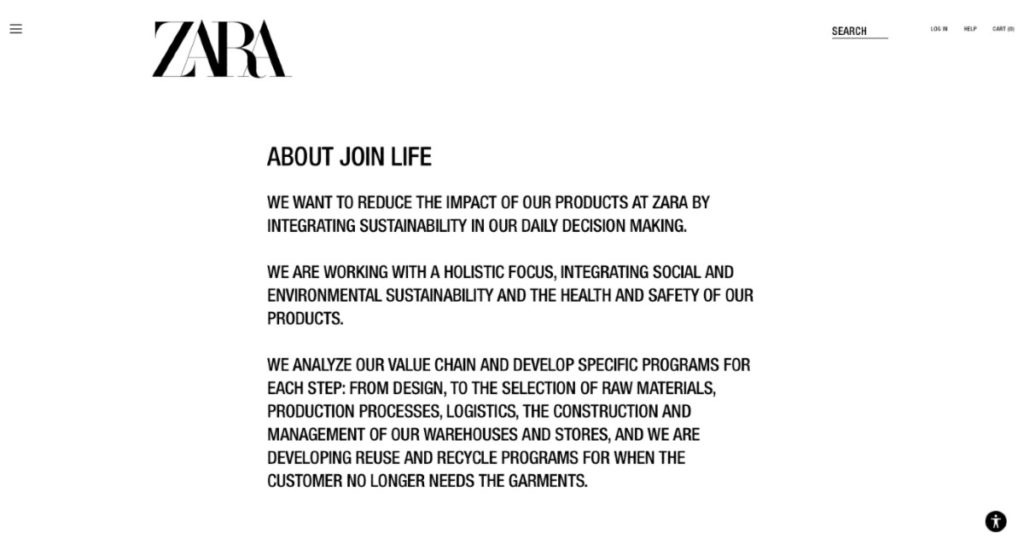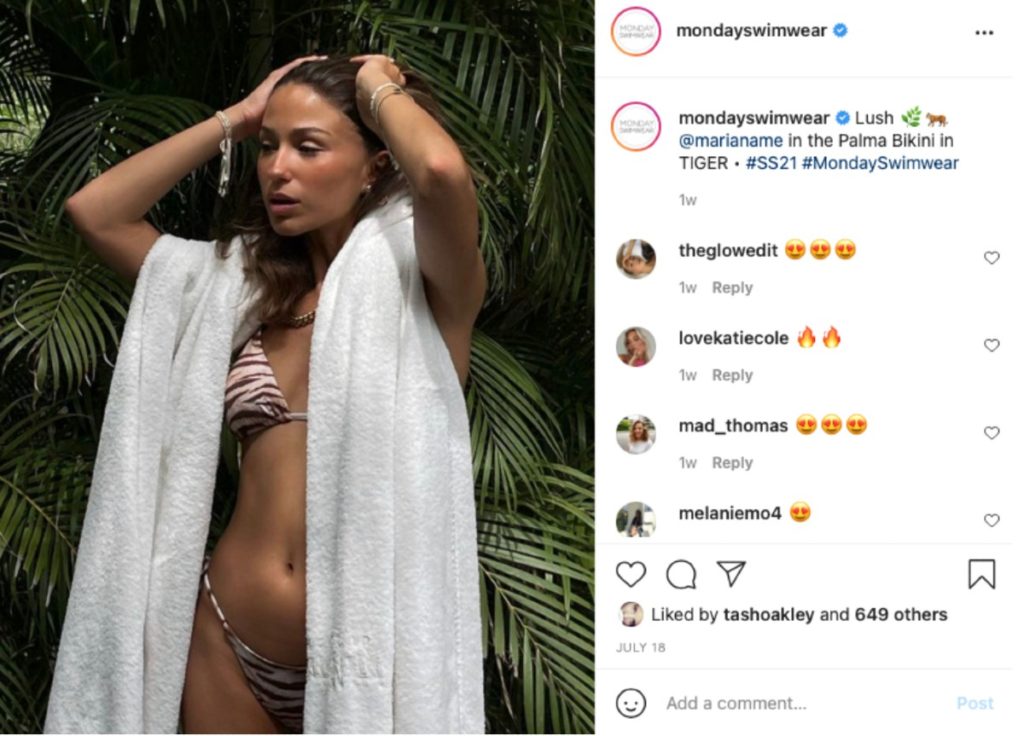Fashion is going into a revolution bigger than the return of flared jeans.
The industry is changing every day as technology gets better and faster at learning online behaviors. If Netflix can personalize the promotional photo of a TV show or movie based on a member’s past viewing behavior, it’s only a matter of time before the fashion industry uses the same strategy with promotional photos of their clothes and accessories. (That feature is worth $1 billion in customer retention for Netflix!)
The future of fashion marketing is clearly personalized, but that personalization will hit a new level—one that needs preparation.
Preparation to introduce new technology into your marketing strategy and pivot to changing consumer expectations.
This is where fashion marketing is today…and where we’re headed tomorrow.
Fashion Marketing Today
Statista predicts that *just* the United States eCommerce market size will hit $100 billion in 2021. Despite predictions that COVID-19 would slow commerce down, we see the total opposite impact.
Commerce is running laps around the world, taking over billions of dollars in market share with ease.
Spotify believes this growth comes from five notable opportunities:
- “Expanding global markets outside the West
- Increasing online access and smartphone penetration
- Emerging worldwide middle classes with disposable income
- Innovating technologies to create experiential ecommerce
- Harnessing the power of celebrity and influencer culture”
Fashion marketing is leaning heavily on the internet to get itself in front of people. In Q1 2021, Facebook reported $25.4 billion in advertising revenue. In 2020, TikTok pulled in $34.3 billion—as a platform in its infancy compared to the established conglomerates like Facebook.
Advertising platforms are all vying for a piece of this pie, with commerce marketers taking advantage of the marketing opportunity available.
As Kevin Dao, co-founder of fashion boutique ORO LA, told Spotify, “In everything we do, we’re helping the customer imagine. We want them to imagine being the man in every picture. To imagine us being their stylist. To imagine, ‘That could be me wearing those clothes.’ We’re not so much curating content as curating imagination.”
With fashion marketing healthy and thriving, the future looks bright.
The Future of Fashion Marketing
Marketers have talked about the upcoming personalized world, and we can confidently say we’re living in it. Ads are tailored to us based on our shopping behavior, interests, and chances of buying.
And this is just the beginning.
The future of fashion marketing is hyper-personalization.
The ability to change promotional photos and copy based on someone’s behavior:
Let Bandier be the guinea pig that shows you it can be done. Shopify covers how Bandier showed product-detail-page (PDP) recommendations based on similar products a website visitor had shown interest in. This led to 1.6 million clicks and almost 8% of those clicks turning into conversions. At a $100 average order (this is just a conservative guess from us), that would be a $12.8 million revenue increase.

Creating a continuous shopping experience:
Friction is a marketer’s worst enemy. In the commerce space, a solution is here. The future of marketing will focus on a continued shopping experience, which uses personalized data to know what stage of the customer journey a website visitor is in. That data allows the commerce store to keep the customer at that stage—without asking them to fill their cart back up again.
As long as a customer doesn’t delete their browser history, they can fill their cart and come back a few days later to their cart waiting patiently for them. Or, people can buy directly from Instagram where their cart content sits, and notify them with reminders that they haven’t hit “Buy” yet. There is no need to go back into the online store—they can click Buy and the friction of going back a few steps in the customer journey is gone.
Add PDP to your product pages and we have to wonder—can you turn double or triple your $12.8 million revenue?
User-generated content as 50%+ of content:
Thanks to the adoption of social media, user-generated content is everywhere. Seemingly, customers have never been happier to share their purchases with their friends, family, and online audience. The “average” person has turned into their own type of influencer, a nano or micro-influencer with less than 100,000 followers. These influencers have higher engagement and conversion rates in comparison to macro-influencers with a million followers.
User-generated content is a photo, video, comment, review, and feedback about your products from happy customers. UGC can be reshared across your digital channels, put on a social wall inside of venues, and printed on posters, brochures, and merchandise.
UGC creates a constant stream of new content that performs better than brand-created content.
These changes in fashion marketing are here now—but they will become the norm by the end of 2022. Brands that haven’t adapted to these changes will create an unideal buying experience that can lead to a loss in loyalty and declines in sales.
How Fashion Brands Can Prepare and Adapt to Marketing Changes
Marketing is a never-ending adaptation process. Unless technology decides to slow down and people say they’ve had enough with personalization—the marketer’s mind is always on the move.
Even luxury brands have to adapt to changing consumer sentiment and improved technology to create the best buying experience for their customers. That’s where micro-influencers, sustainability, and user-generated content will become the true MVPs of the upcoming marketing changes.
Here’s how you can add them into your marketing strategy today, so you don’t get left behind.
Tap into the Growing Power of Micro-Influencers
Getting J-Lo to smile while wearing your jeans is a memorable moment for your brand. But, getting somebody’s best friend to rave about their new jeans is actually better. The days of enlisting A-list celebrities to talk about your products in return for a hefty check are no longer necessary.
Thanks to the rise of micro-influencers, people with less than 100,000 followers who may not even refer to themselves as influencers, there’s a new way to get your products seen.
Fashion micro-influencers like Lauren Wolfe are garnering more engagement per post with 100,000 followers than influencers with over two million—and this isn’t just a fluke.
- Micro-influencers see a 7x amount of engagement over mega-influencers, and that number is higher on TikTok.
- Micro-influencers on Instagram have a 3.86% average engagement rate (and this declines with a larger audience with mega-influencers having a 1.21% average engagement rate).
- On TikTok, micro-influencers have 18% engagement rates and mega-influencers are under 5%.
Seventy-five percent of marketers work with smaller influencers and 47% of marketers spend their influencer budget specifically on these creators. Lauren’s already secured a partnership with Amazon, which means that even one of the world’s largest companies is placing its bets on micro-influencer marketing.
Start Working on Sustainability
Consumer sentiment is leaning more towards fashion sustainability as people watch the repercussions of the climate crisis first-hand. Sustainability is becoming a bigger part of fashion marketing—and we predict it will only get bigger as time goes on.
People want to buy products they can feel good about, and they can’t feel good about knowing their $20 t-shirt is part of the dangerous fast-fashion world. As sustainability continues to be an important conversation, fashion brands will have to market themselves to showcase their efforts.
Zara has already joined the sustainability conversation and adds product descriptions to show what percentage of the material was made from sustainable sources.
Lack of sustainability today can lead to a small decline in sales, but we predict in the future that number will continue to increase. Securing sustainable production processes today can ensure you’re ready for the consumer sustainability demand tomorrow.
Have Your Customer Do The Selling For You
User-generated content is a photo or video created by a happy customer. It can come organically or from micro-influencers within a collaboration. UGC leads to higher engagement and conversion rates while decreasing your content production costs. Brands using a mix of UGC and brand-created content can decrease their content output, saving an average of $72,000 per year in hiring a dedicated content producer.
UGC is a sustainable content strategy that takes advantage of the content already being created by your customers. You can find content your products are featured in (even if your brand wasn’t tagged), get the rights to use it, and organize it for your marketing team to redistribute across your marketing channels.
Monday Swimwear leans heavily into UGC content, sharing it to their Instagram feed, stories, and at the bottom of each product page of their website. The bikini brand was a first-mover in the Instagram influencer turned eCommerce store space, as founders Tash Oakley and Devin Brugman realized the power of selling on social media.
Today, they focus on continuing their momentum by showing new and returning customers photos of their latest collections.
Your customers are already creating highly engaging and converting content—repurpose it across your marketing channels.
Fashion Marketing is Changing: Are You Ready?
If you’ve been in the marketing world for a few years, your answer is yes. You know that marketing is constantly changing to its environment, becoming more personalized as technology improves.
As advertising platforms narrow down consumer behavior more than we’ve ever seen before, fashion marketing will have a brand new set of data on their hands that can be used to show people the products they actually care about.
This can move the customer journey faster, lead to higher average order values, and improve retention rates.
But, it can only happen if your fashion brand starts adapting now. Playing catch up with these changes will give your competition the advantage they need to garner brand loyalty.
And you don’t want to spend your marketing dollars on changing people’s minds.
You want to spend it on engagement and conversions.
To get insights into the changing marketing landscape, join the 20,000+ other marketers reading the Future of Marketing. Get the latest technology updates, trends, and need-to-knows to take your fashion business into the next decade. Subscribe to the Future of Marketing here.

